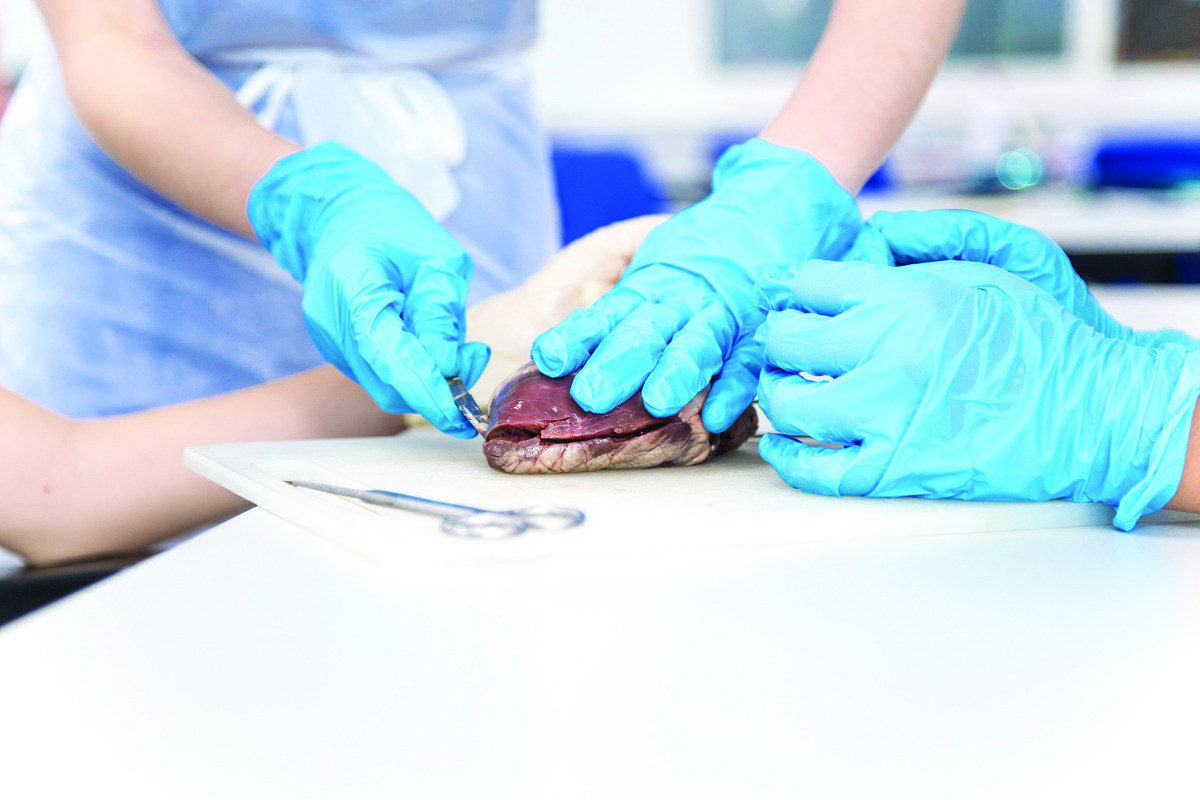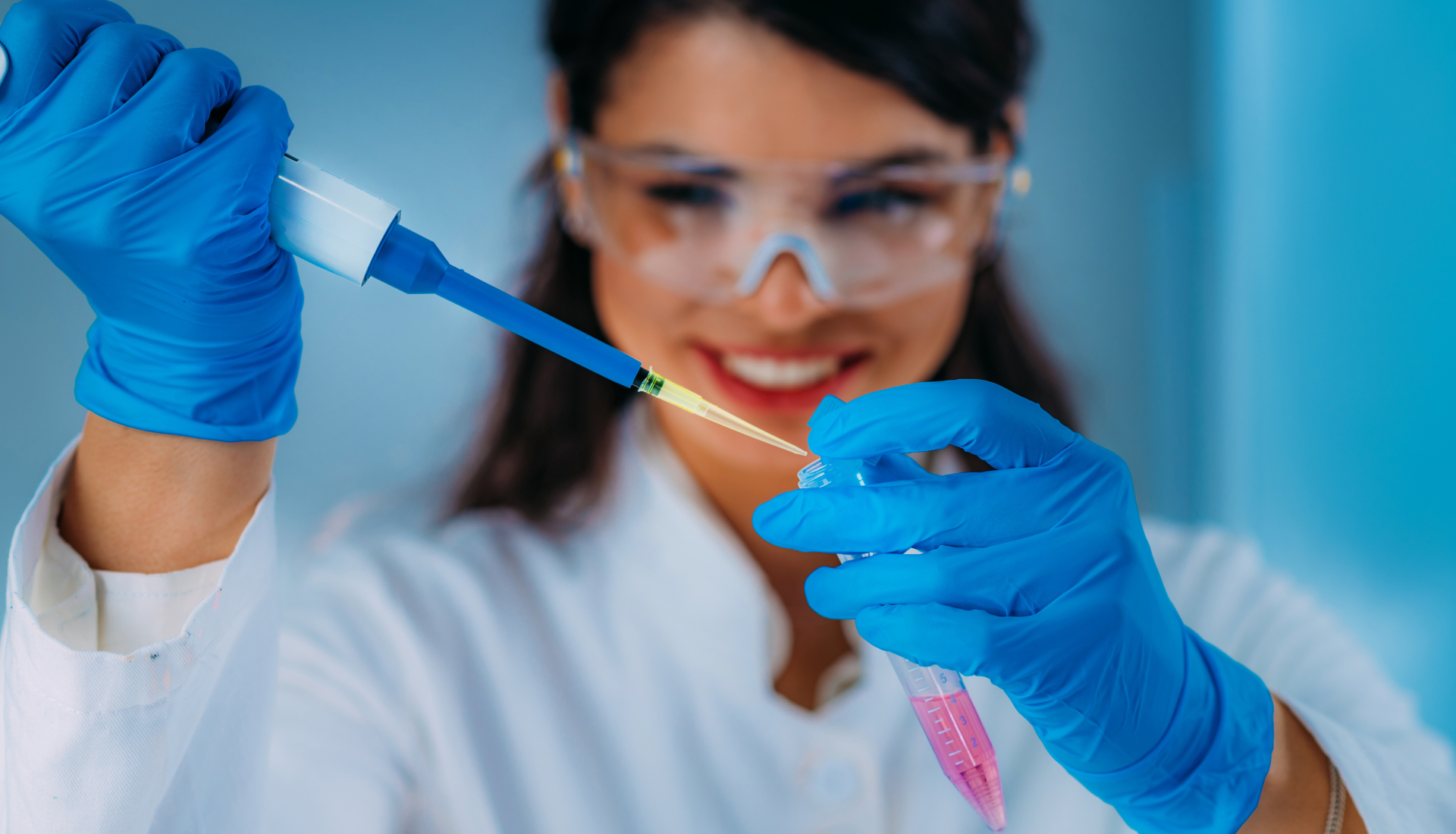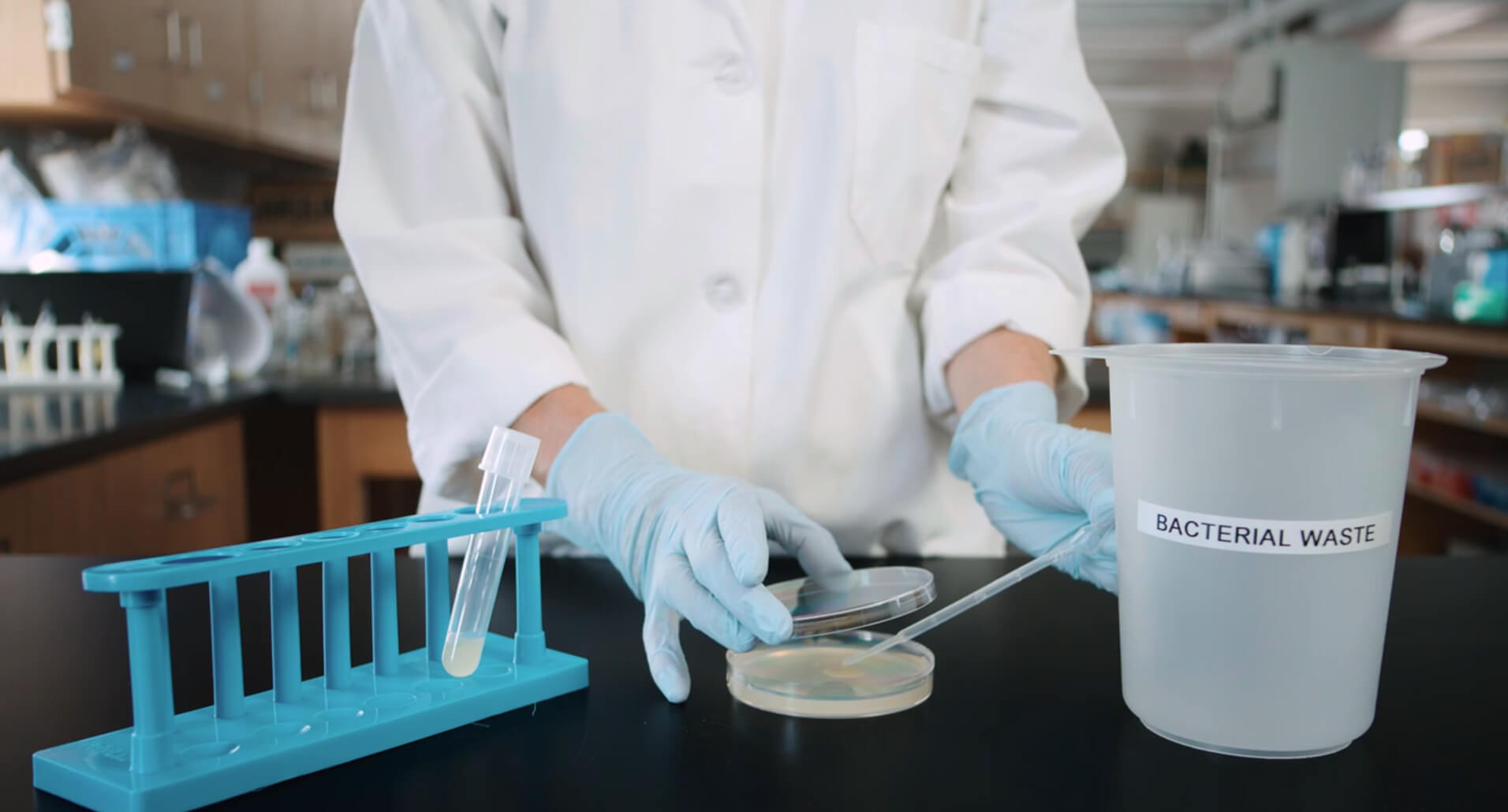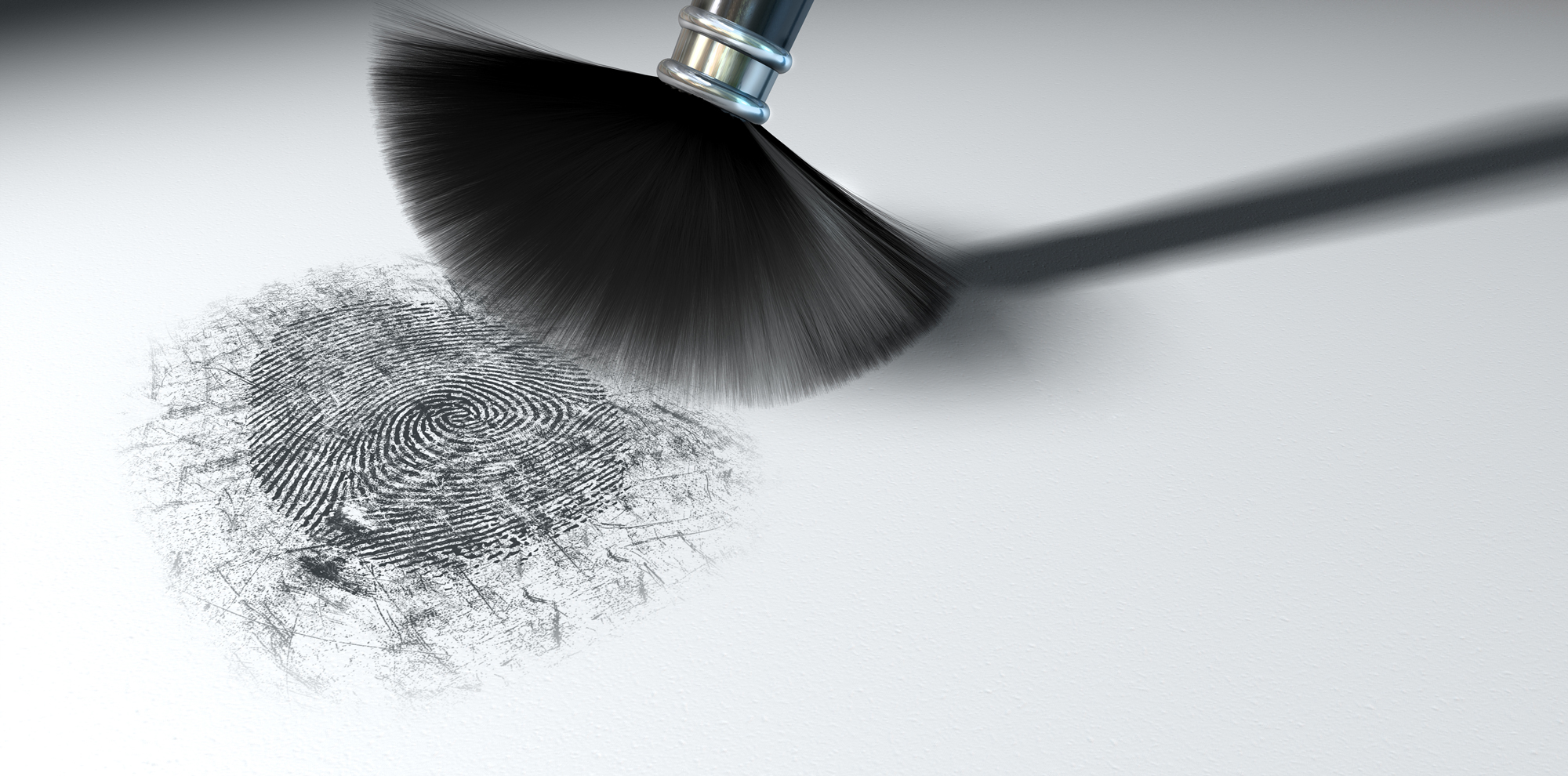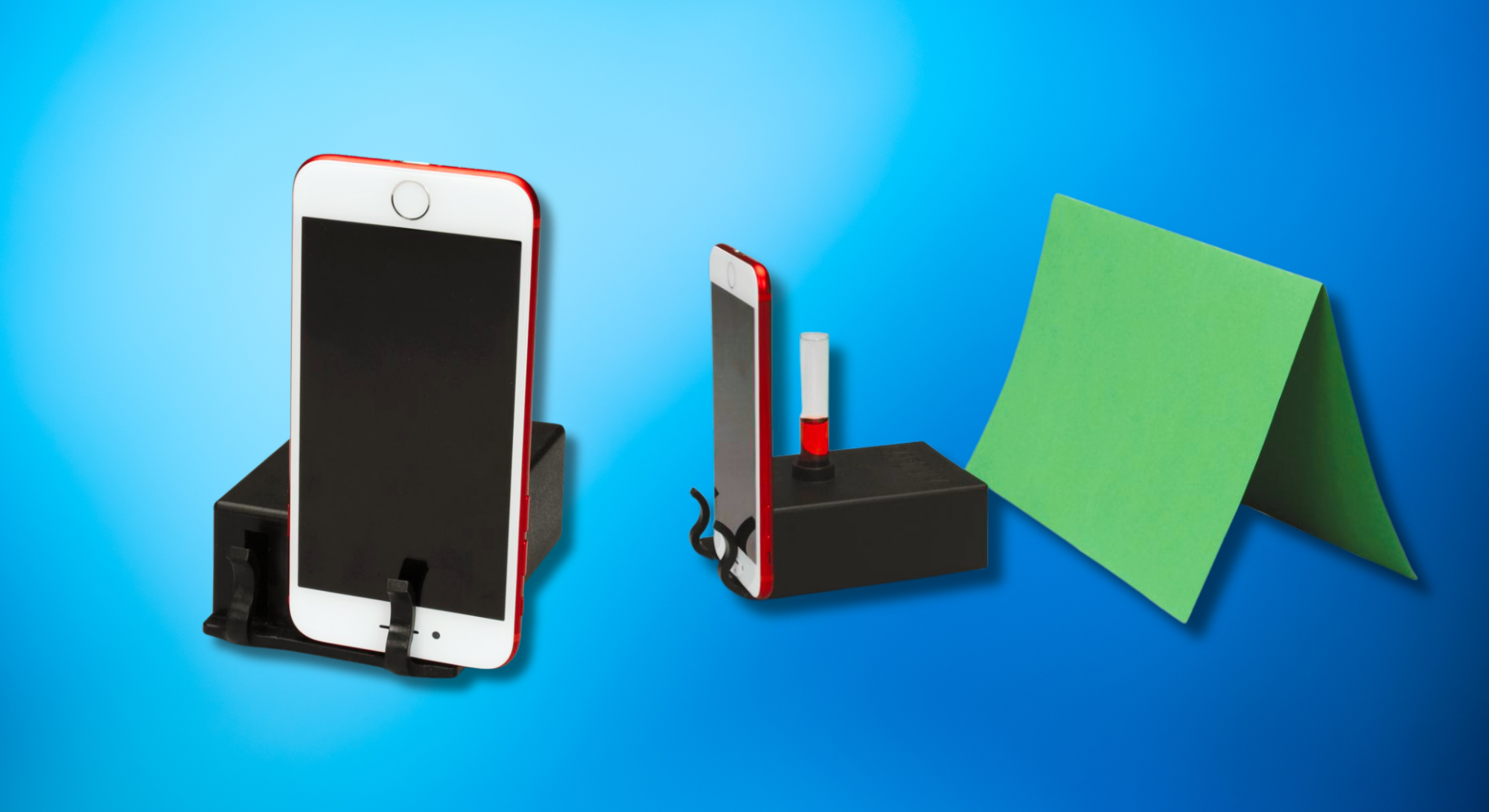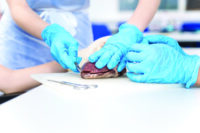-
July 9, 2025 Pregnancy and DissectionOccasionally we are asked if it is safe for pregnant women to participate in dissection...
-
April 1, 2025 Building Confidence Using CRISPR with Biotechnical Lab SkillsWorkshop Resources Life Science 9-12 High School Join leading scientists from a one-of-a-kind research institute...
-
March 21, 2025 Lab Skills: Aseptic TechniqueAseptic technique is the most fundamental skill for working with microorganisms or biological materials because...
-
October 14, 2024 Collecting and Analyzing FingerprintsCalibrating a pH meter is a useful skill for science labs. By learning the proper...
-
October 4, 2024 What Goes On Inside a Spectrophotometer?A spectrophotometer is an analytical instrument used to measure the amount of light absorbed (or...
-
October 4, 2024 Simulating Macroinvertebrate Sampling for Assessing Freshwater QualityCAROLINA LABSHEETS Overview NGSS Standards Objective Materials Teacher Preparations Overview Clean, noncontaminated water is an...
-
August 16, 2024 Teach Spectroscopy with the Carolina® Spectroscopy ChamberDo you have a large, bulky spectrophotometer sitting on a shelf or in a cabinet...
-
August 2, 2024 Calibrating pH MetersCalibrating a pH meter is a useful skill for science labs. By learning the proper...
-
June 14, 2024 Bioscience Core Skills InstituteCarolina is excited to support Bioscience Core Skills Institute (BCSI) in connecting students to the...
-
May 31, 2024 Measuring MassMeasuring mass of an object is an integral part of many science labs. By learning...

